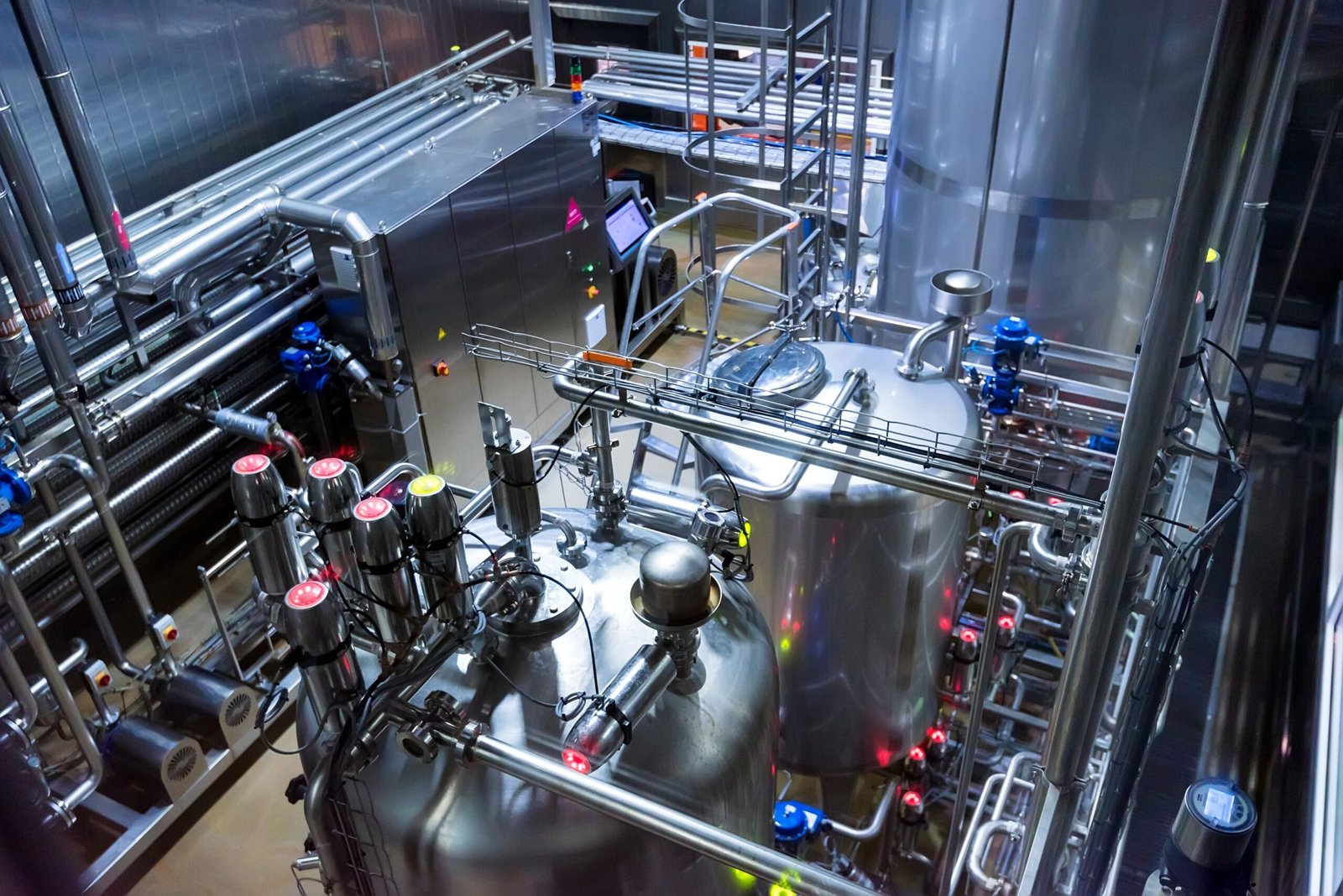For many years, the main source of industrial power has been coal-fired power plants. Even though renewable energy is receiving more attention, coal still contributes significantly to the world’s electricity needs, especially in developing nations. At the core of any coal-fired power plant is a sophisticated and diligent system called the boiler. And within the boiler, each component’s dependability influences efficiency, longevity, and safety.
We’re exploring what makes boiler parts dependable in this blog, which ones are most important for coal-fired applications, and how careful design, material selection, and upkeep can keep your business operating efficiently.
Why Reliable Boiler Components Are Non-Negotiable
Coal-fired power plants’ boilers operate in harsh conditions, with temperatures above 500°C, constant high pressure, abrasive ash particles, and corrosive flue gases. Every component must be able to resist these circumstances, frequently for years on end, without fail. Even tiny flaws might cause considerable downtime or pose safety hazards.
Reliable boiler components lead to:
- Reduced unplanned outages
- Improve thermal efficiency
- Reduced maintenance and replacement expenses
- Increased plant safety and compliance
- Extended plant lifetime
Reliability is more than simply keeping things going; it is also about keeping things operating well—with low losses and constant performance.
Key Boiler Components in Coal-Fired Systems
Let’s look at the basic boiler components that keep coal-fired power plants running on all cylinders.
1. Waterwall Panels
These tube panels, which are situated inside the furnace, absorb radiant heat and line the combustion chamber. They also act as a protective cover, protecting boiler walls from being damaged. Waterwall panels are frequently composed of high-quality alloy steels and may include anti-corrosion coatings.
2. Boiler Drums
The steam drum is an important pressure vessel that separates steam and water. Maintaining the integrity of this component is critical since failure can be disastrous. High-quality materials and strict welding standards are required for its dependability.
3. Superheaters and Reheaters
These components heat the steam over its saturation point, improving the turbine’s energy efficiency. They must be able to withstand oxidation and creep under extreme temperatures. Superheaters and reheaters are often constructed of austenitic or ferritic steels with high thermal strength.
4. Economisers
Economisers use residual heat from flue gases to warm feedwater before it reaches the boiler drum. This not only increases efficiency but also decreases fuel consumption. However, because of their exposure to acidic condensates, they must be made of corrosion-resistant materials.
5. Headers
Headers serve as junction points, transferring steam and water between tube systems. They need to be carefully built and examined because they are frequently found in high-temperature areas and are continually under pressure.
6. Air Preheaters
These components use flue gas to heat the entering air, which increases fuel combustion efficiency. They can build up ash and soot over time; therefore, sturdy materials and easy-clean designs are crucial for dependability.
What Makes Boiler Components Reliable?
Several factors contribute to the long-term dependability of boiler components, especially in the harsh setting of coal-fired power plants:
- Material Selection: High-grade steels and alloys with good creep strength, corrosion resistance, and fatigue endurance.
- Precision Engineering: Components made with tight tolerances and homogeneous wall thickness limit the possibility of hotspots and fatigue cracks.
- Advanced Welding Techniques: Strong, clean welds are essential for thermal cycling resistance, particularly in pressure containers and headers.
- Non-Destructive Testing (NDT): Ultrasonic or radiographic testing is recommended on a regular basis to detect early signs of deterioration, thinning, or cracking.
- Surface Treatments: An extended component life can be achieved by applying stainless overlays, cladding, or anti-corrosive coatings.
Common Challenges in Coal-Fired Boiler Operation
Despite the best design and materials, boiler components confront a number of real-world challenges:
- Ash Erosion: High-velocity fly ash impacts tube surfaces, resulting in weakening and failure.
- Corrosion: In the air preheater and economiser, in particular, where flue gases contain moisture and sulphur compounds.
- Thermal Fatigue: Repeated heating and cooling cycles can degrade welds and form microcracks.
- Slagging and Fouling: Molten ash deposits can act as insulation for tubes, lowering heat transfer efficiency.
Quality components are necessary to address these problems, but so are astute operating procedures and predictive maintenance techniques.
Design Strategies for Long-Term Reliability
The first step in designing for reliability is to predict the circumstances that the boiler’s components will encounter. Engineers frequently implement tactics such as:
- Using cladding materials in high-corrosion zones
- Installing erosion shields on exposed tubes
- Designing modular components for speedier replacement
- Optimising flow pathways to minimise turbulence and wear
- Including inspection ports for easy maintenance access
Finite element analysis and simulation tool advancements have made it feasible to simulate component behaviour under actual stress before the components are even placed in a furnace.
Maintenance: The Reliability Multiplier
Even the greatest components require maintenance. Here are some excellent practices to increase the lifespan of boiler components:
- Regular Inspections: Recognise early symptoms of wear, corrosion, or deposits.
- Cleaning Regimens: Soot removal, water washing, and chemical descaling aid in heat transfer.
- Water Quality Management: Proper water treatment eliminates scaling and internal corrosion.
- Performance Monitoring: Real-time monitoring of temperature, flow, and pressure via sensors and IoT technologies.
In addition to preventing failure, proactive maintenance can eventually increase plant efficiency.
Final Thoughts
In coal-fired power plants, dependability is not only a technical phrase; it is a requirement. For boiler components, precision, efficiency, and longevity are the cornerstones of a healthy system. As demand for cleaner and more efficient coal technology develops, the need for high-quality components will only expand.
Whether superheaters must withstand high temperatures or economisers must withstand corrosive flue gases, selecting the proper materials, design, and fabrication standards makes a huge impact. And in an industry where every percentage point of efficiency counts, investing in dependable boiler components is not only prudent—it is critical. Choose RIBO Industries for all your boiler needs.

